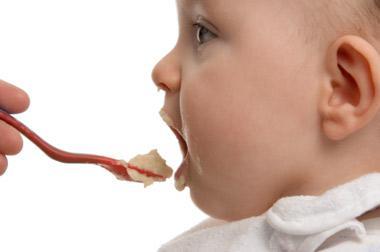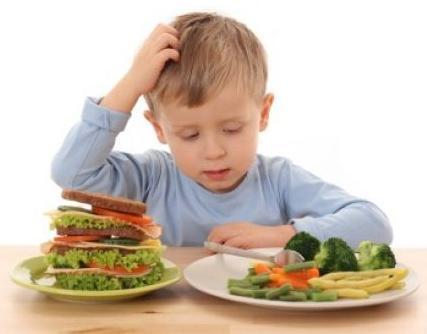
Food Allergies
A food allergy is a reaction by your immune system to some particular food. This reaction happens every time that food is eaten. Food allergy is understood to be an abnormal immunological reaction to food proteins that causes a bad clinical reaction. More children are showing food allergies, including peanuts, but medical investigators don’t have a clear explanation for the increase.
Before using a food allergy reaction, a sensitive child must have been subjected to the food at least once before, or may be sensitized through breast milk. It’s the second time your child eats the food the allergic symptoms happen. At that time, when IgE antibodies interact with the food, histamines are released, which can cause your child to see hives, asthma, itching in the mouth, trouble breathing, stomach pains, vomiting, and/or diarrhea.
Egg
Egg allergy is easily the most common type, which affects approximately 2.5 percent of young children. The body might show allergic reactions towards the white, yolk, or both parts of the egg. A significant number of children outgrow this allergy by the age of five; however, they face a larger risk of developing nasal allergies and asthma later on.
Soy
Soy is a legume, and related to peanut, although cross-reactivity rarely exists backward and forward. Allergy to soy affects approximately 0.3 percent of children, is generally outgrown at a young age, and rarely causes life-threatening reactions. Because soy is really a common food allergy, and can occur in children also allergic to milk, infant formulas using hydrolyzed proteins are preferred in infants allergic to cow’s milk.
Milk
Milk allergy is one of the most common allergies in children as well as adults. It affects about 2.5 percent of all infants. Children will probably react to all varieties of milk – cow, goat, as well as sheep milk. The major proteins, casein and whey, found in milk, are usually the elements, the body reacts to. Some children have a failure to digest lactose – a type of natural sugar present in milk. This is called lactose intolerance. Formulas using hydrolyzed proteins might be used for infants, who are allergic to cow’s milk.
Tree Nut
Tree nut allergy happens in approximately 0.5 percent of all people, tends to be severe and is less inclined to be outgrown. There is a high likelihood when a child is allergic to one type of tree nut, she or he will be allergic to another type of tree nut. While tree nuts and peanuts are unrelated foods, cross-contamination is an issue, so some experts recommend a complete “nut free” diet in children with either peanut or tree nut allergy.
Peanut
It’s one of the most commonly occurring immune allergies contributing to 0.6 percent of all people are influenced by it. Reactions to peanuts are usually severe, and sometimes, may cause life-threatening allergic reactions, especially in children with asthma. As it is a widely seen allergy in adulthood, it’s clear, that only few children outgrow this allergy in childhood.
Wheat
Children and adults can experience a variety of immunologic reactions to wheat protein, only some which are allergic. Wheat allergy is commonly outgrown at an early age, which is rare for children with wheat allergy to become clinically allergic to other cereal grains (such as rice, oat and barley), although skin testing to those other grains may be positive.

Food Allergies In Children
Seafood
The primary irritants among seafood are both fish and shellfish. The allergic reactions to those foods can also be severe and potentially life-threatening. While both of these foods aren’t related, they are usually stored together. Children are less inclined to outgrow the allergy and continue to show up reactions to these foods even in their adulthood.
